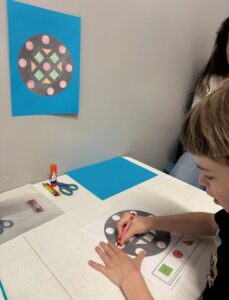
Every child deserves a chance to develop critical life skills, but not every child learns these skills the same way. Occupational therapy for kids is a great way to help them along if they are experiencing difficulties in this regard. No matter the specifics of these difficulties—sensory sensitivities, cognitive delays, or developmental challenges—OT provides a pathway towards addressing them and ensuring the child thrives.
Structure is one of the most powerful tools in occupational therapy for kids. Predictable routines and consistent behavioral cues provide avenues for skills to develop. If the environment a child is in has clear expectations set and embraces repetition, a sense of order and safety is established. This lays a solid foundation for improved behavior, attention, and self-regulation.
In this blog, we will explore the routines and behavior cues that make for ideal outcomes in occupational therapy for kids—and how adults outside of sessions can use them effectively.
The Power of a Daily Routine for Kids
A daily routine for kids provides a template for everyday life. This begins with getting dressed in the morning and ends with winding down for the night. Incorporating predictable sequences of activities during waking hours helps children feel secure and comfortable.
Here are a few examples of such routines:
- Getting ready in the morning—waking up, brushing their teeth, getting dressed, and so on
- Mealtimes and snack breaks
- Going to and from school
- End-of-day routines—dinner, bath time, story time, and bed
When these routines are established, there’s a good level of certainty in your child’s life, which can lower anxiety in children with cognitive or sensory differences. If they know what to expect, fear of the unknown is taken out of the equation, and they can fully participate.
Though emotional regulation is a big aspect, the benefits of routine also extend to skill-building. Because of the repetition involved in these routines, children can practice things like handwashing and organizing their school materials. These small tasks can lead to big developmental gains.
What Are Behavior Cues?
Visual, tactile, verbal, or environmental signals—or visual cues—help prompt a desired action or response. Through the lens of occupational therapy for kids, these cues are used with purpose: to guide behavior, reinforce learning, and build independence.
Common behavior cues:
- Visual: Stop signs, color-coded task lists, picture schedules.
- Verbal: Simple prompts such as counting to three or “what book do you want to read?”
- Tactile: A tap on the shoulder or pat on the back to signify it’s time to do something.
- Environmental: Dimmed lights work well to signal quiet time, while upbeat music can denote the start of the day.
Some children benefit from extra structure. Some have difficulties interpreting verbal instructions. In such cases, behavior cues can be particularly effective. Through these cues, expectations are made clear and a child’s routine is established. This helps to mitigate confusion.
Integrating Routines and Cues at Home and School
Consistency should be—well—consistent! The only way to keep it going is by maintaining it across all environments throughout the day. It’s most effective when it’s embraced by parents, teachers, and therapists alike. When they work together, the chances of a child developing these crucial routines and cues increases exponentially.
If this seems like a daunting effort, here are some tips:
- Keep Routines Consistent: Whenever possible, use a consistent order and timing for your child’s daily tasks.
- Collaborate With Your Child’s OT (Us): We can help you design impactful behavior cues and come up with strategies that suit your child’s developmental needs.
- Practice Repetition: Repeated performance of routines helps your child develop confidence and familiarity.
- Gradually Fade Prompts: As your child becomes more accustomed to these routines, reduce the level of prompting you use so they can learn to self-initiate.
There Are Various Benefits of Daily Routine
Behavior cues and routines play a huge role in a child’s development, especially when they have sensory sensitivities and developmental delays. When you work with their teachers as well as the Occupational Therapists at Basal, you can help your child build invaluable life skills, manage their behavior, and take control of their lives.
If you have decided to start occupational therapy for kids, know this: Structure is an incredibly powerful thing. When that is established, your child will know what it feels like to thrive.
Ready to schedule your child’s Occupational Therapy consultation? Get in touch with us at Basal. We’re happy to help them grow!









